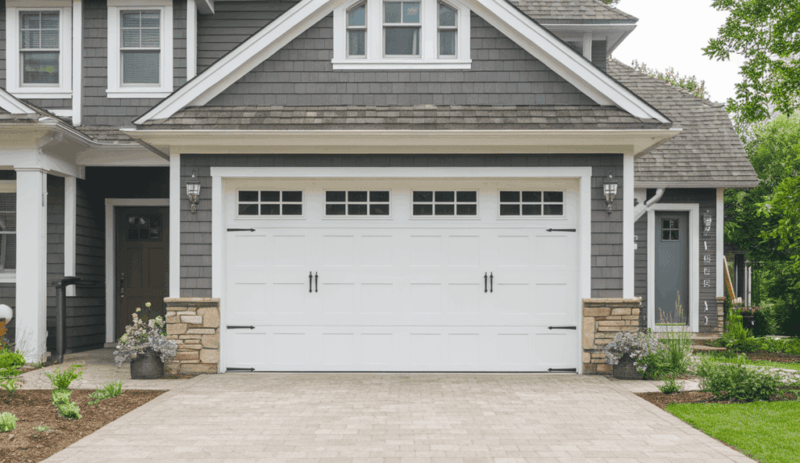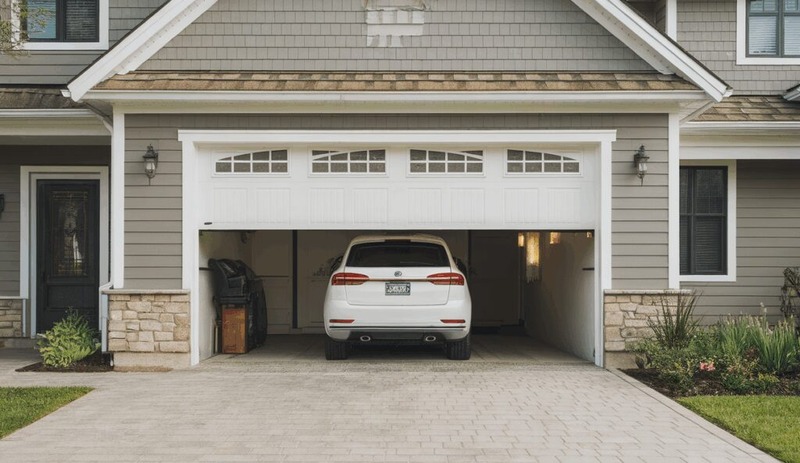
You’re heading out and suddenly your garage door starts closing, then immediately springs back up. It’s frustrating, unexpected, and potentially dangerous. What’s going wrong with your garage door?
Don’t panic. These issues happen more often than you might think. We’ll break down the most common reasons your garage door keeps reversing and help you understand simple solutions.
Why Does My Garage Door Always End Up Reversing?
Garage doors aren’t just simple panels they’re built with a maze of safety tricks that aim to look after you and the things you own. When the door suddenly backs up by itself, that’s just the safety feature kicking in.
Usually it’s the door’s sensors, or the moving parts inside, that simply don’t work right. Your garage door isn’t trying to be difficult it’s actually just looking out for you. When it spots anything unsafe, like something stuck in front of the door or a broken part, it runs backward.
Check Your Garage Door Sensors First
Those little sensors barely get credit, but they’re crucial to keeping the garage door working right in Dallas, TX. Just at the low end of the door track, these tiny units notice when something blocks the way.
All the common sensor problems grime blocking the view, units drifting out-of-line, even cracked housings—are pretty simple stuff. After years of garage door work, I’ve learned they lose alignment far more easily than you’d guess.
Quick Sensor Alignment Test
First, grab a soft lint-free cloth and rub the sensor lenses until they look clear. This is how you start cleaning. Swipe away all the dust and cobwebs, then scrub away the grime so they can actually see.
Next, look carefully to ensure the two sensors point straight at each other and sit on the same level. Caution: garage door sensors are delicate. Treat them lightly and avoid rough cleaners that can damage their surface.
You May Like To Read: What Makes Garage Door Shake Violently When Operating?
When Mechanical Issues Could Be Behind the Reversal
Sometimes it’s a jammed gear or loose belt, not just a sensor problem. Worn rollers, broken tracks, or a faulty tension spring can create extra drag, causing the safety mechanism to kick in.
First, inspect the machine carefully. Check if the rollers feel gritty, tracks are clogged or bent, springs feel loose, or cables look frayed. For comprehensive garage door repair solutions, don’t hesitate to seek professional help.
Walk the length of the track and look for obvious obstacles. Gently lift the door and observe if the rollers move smoothly. Examine the springs and cables for any cracks or unusual wear.
Final Thoughts
Most garage door reversals are fixable with a few simple steps: check the sensors, tidy the tracks, and maybe reset the limit. Go at your own pace and keep things tidy.
If something feels uncertain or complex, consider calling a professional for help. Remember, nothing outweighs the drive to keep you and your property safe.
Most garage door reversals are fixable with basic troubleshooting. If you’re unsure or uncomfortable making repairs, it’s always best to contact a professional garage door technician.




